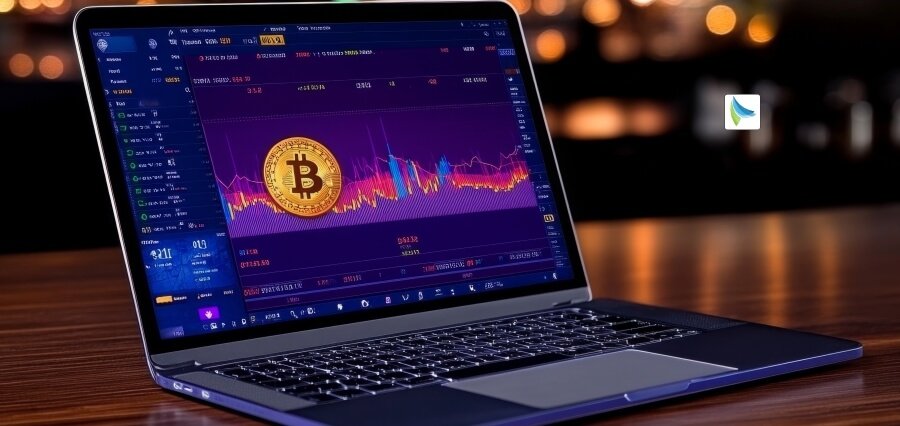The construction industry has always been one of the major indicators of any country’s economic growth. It directly impacts global Gross Domestic Product (GDP). And as the pandemic caused disruptions on almost all facets of society, the industry should anticipate the long-term effects these disruptions caused.
Any industry that fails to adapt to the times will likely be swept aside. As the industry continues to evolve, stakeholders should be aware of which directions the industry is headed in the next several years. It pays to keep up with the trends and be in a position to do something. So, below are areas of the construction industry where changes will most likely be happening.
Operation Trends
Among the most crucial trends going on in the industry revolves around the overall improvement of construction operations. Changes will be coming in terms of efficiency, productivity, and safety, which will be advantageous to everybody.
Autonomous Construction Equipment
Driverless options will continue to grow as manufacturers continue to push for them in the industry. This would result in the rise of autonomous heavy equipment, which uses remote control systems. Operators would no longer be needed in the cabs. Other equipment could also be operated autonomously.
And as the world is moving away from fossil fuel, heavy equipment manufacturers are now taking steps to produce heavy machinery that use high-capacity lithium-ion batteries. Countries could issue regulations to further reduce carbon emissions, and diesel-operated machines could become extinct and replaced by electricity-powered equipment.
This could signal other manufacturers to transition from diesel to electric engines to keep up. Whether electric or diesel-powered, these heavy pieces of machinery would still need maintenance, which means companies like Fortis could provide essential services.
Improved Safety Measures

The construction industry has one of the highest fatalities in the workplace. According to statistics from OSHA, about 20% of accidents that resulted in deaths occurred in construction sites. That means one in five workers who died at work is employed in the construction industry.
This resulted in safety measures being updated and modernized. One method that the construction industry is working on to reduce accidents is by using wearable technology. Wearable tech can be devices attached to toolbelts, smart work boots, and tags on vests and hard hats. These wearable tech aims to:
- Reduce the risk of injury
- Monitor worker vitals
- Track the location of workers
- Provide information on worksites
With these techs becoming available, safety in the worksites will continue to be among the top priorities in the industry. However, the 2020 pandemic made safety doubly important. Changes to lessen the disease’s spread will center on workers’ separation and heightened cleanliness protocol.
Keeping workers separate, however, won’t be easy to pull off on a job site where workers must work together and collaborate. Expect to see smaller work crews and staggered shifts for a less crowded job site. Cleanliness protocols will also mean requiring masks, hand sanitizers, and other general health protocols. Tools being passed around as well as sharing hard hats and gloves will be discontinued.
Design-Build Methods To Increase
The design-build method is also expected to increase, which is a departure from the customary project delivery method. Design-build refers to the method where the designer and contractor collaborate as one entity from the start. Together, they provide project recommendations that would suit the owner’s budget and schedule.
More and more construction projects are adopting this method because of the benefits it gives to the owners and contractors. The owner only has to deal with a single entity, who has the sole responsibility for the quality, design, construction, and the project as a whole. Construction professionals on the same team with engineers will mean the owner can provide input on every stage of the design with no difficulty. This would result in smoother collaboration and lower costs.
Pre-Fabricated And Modular Construction
Pre-fab and modular construction consist of constructing structural components at the manufacturer prior to bringing them to the job site. These techniques are also effective in decreasing construction time without compromising quality. The processes were already gaining popularity even before the pandemic hit, however. But now, the two are expected to be even more popular because the prefab and modular processes are suited for the COVID-19 era.
There will be less worksite disruption, and workers will be less exposed to dangerous substances. Risks involving exposure to weather will also be reduced. The build will also have consistent quality, as well as having flexibility in assembly and disassembly.
These manufactured components can be built by a fewer number of workers. Moreover, the manufacturing site has large and airy buildings, and presents no hindrance if distancing is needed. The finished components are usually small so that trucks could move them easily, which doesn’t need workers to gather in one place.
Technology Trends
Many industries depend on technologies. And as technology is always evolving, industries, too, must keep up. Emerging new tech can be used for streamlining construction and could be a big help in all aspects of the operation. Below are a few of these new techs that have the potential to transform your business in the coming years.
Virtual Reality (VR) And Augmented Reality (AR)
VR and AR are just two of the latest technologies that construction companies and architects use to streamline building projects. Not only can these techs give you an advantage over your competitors, but you can gain new clients, too.
These two techs are a combination of reality and 360-degree cameras; both have gone beyond video games and entertainment. They are slowly changing processes in the construction industry by letting users experience a space before building it. It can also aid tremendously during the design stage.
These two techs, known collectively as XR, use a 3D, computer-generated environment, immersing the user in a virtual world. Using XR can spot errors early, saving everyone time and money. Architects and designers can work together and analyze the space, which leads to design improvement.
They can also ‘walk’ through the project, catching design flaws and enabling them to make adjustments. Moreover, by taking the guesswork out of the project, timelines and cost estimates would be more accurate. The XR market accounted for USD$37.0 billion in 2019; by 2030, it is estimated to balloon to more than USD$1.2 trillion. That’s a compound annual growth rate (CAGR) of 42.9% for this decade.
Drones
Using robotics in construction made it easier and more efficient to monitor projects. Unmanned aerial vehicles (UAV) or drones are invaluable in drone land surveying and mapping. And as they are controlled via remote controls, tablets, computers, or even phones, these machines can easily perform tasks that would’ve required more expensive equipment for less efficiency.
These tasks include assessment of a site’s safety and video data retrieval. UAVs can also do accurate aerial video photography and real-time site monitoring.
Conclusion
There have been many dramatic changes that occurred in the construction industry these last few years. The coming decade, however, promises even more and bigger to come. The transformation that has begun to happen, especially in new techs and operations, is projected to be game-changers. Construction is becoming safer and more efficient.
Anyone who fails to adapt will be left behind by their competitors who have the foresight to make adjustments. Consider, too, the fact that the pandemic helped in accelerating these changes. As a result, many construction companies have begun to invest in anticipation of the decade’s ‘new normal.’
| Click Here For More News and Blog |


















